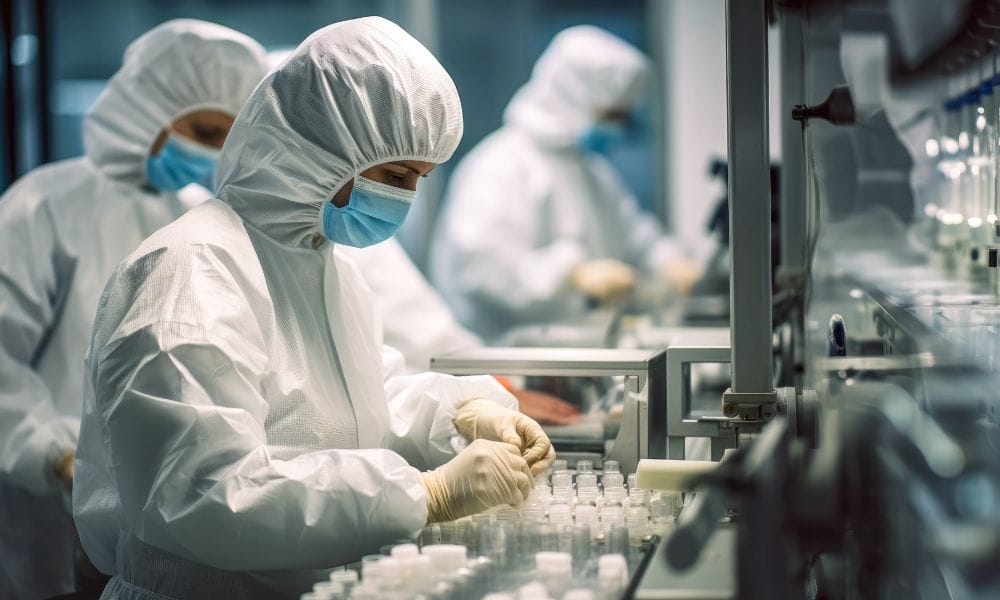Proper maintenance of laboratory equipment is crucial for ensuring the integrity and accuracy of the results obtained in any life science or medical research facility. One essential maintenance practice is thoroughly cleaning laboratory equipment. Proper cleaning prevents cross-contamination between experiments or tests and safeguards research equipment against wear and malfunction. Explore the different methods for cleaning laboratory equipment that any life science or healthcare lab technician should know.
Manual Cleaning
Manual cleaning involves washing laboratory equipment by hand, making it one of the simplest and most affordable methods. To manually clean equipment, technicians must treat the devices with suitable cleaning agents like detergent or solvents, scrub with brushes or sponges, and rinse everything thoroughly. Manual cleaning provides high control over the process, reducing the risk of damaging sensitive equipment. However, it may require considerable time and effort, especially when cleaning large numbers of equipment or hard-to-reach surfaces.
Ultrasonic Cleaning
This cleaning method removes contaminants from laboratory equipment submerged in a cleaning solution. High-frequency sound waves create micro-bubbles that vibrate and separate particles from the tools. This method is highly effective in removing dirt and contaminants from hard-to-reach areas and delicate equipment. For example, when cleaning items such as syringes, ultrasonic cleaning can help speed up the process in comparison to manual cleaning. Rapid ultrasonic cleaning also reduces the risk of human error and minimizes physical stress on equipment.
Autoclave Cleaning
Autoclave cleaning involves subjecting laboratory equipment to high-pressure steam to sterilize and clean items effectively. This method is commonly used for sterilizing instruments utilized by life science and medical laboratories. To perform autoclave cleaning, wrap the equipment in appropriate packaging materials (e.g., autoclave pouches or bags), load them into the autoclave chamber, and set the appropriate temperature, pressure, and time parameters. Autoclave cleaning is highly effective in destroying microorganisms and ensuring high levels of cleanliness. However, the autoclave process can be time consuming, and not all tools can withstand the high temperature and pressure conditions.
Chemical Cleaning
Chemical cleaning utilizes specific chemicals to remove contaminants and residues from laboratory equipment. This method may involve soaking, spraying, or applying cleaning agents directly to the equipment surface and leaving it for a specific duration before rinsing. Chemical cleaning can provide targeted removal of specific contaminants, but choosing the appropriate chemicals for the equipment materials and type of contamination is essential. Moreover, handling chemicals can introduce safety concerns, so always handle these materials properly.
Each of the different methods for cleaning laboratory equipment comes with its own benefits and drawbacks. It is crucial to select an appropriate cleaning method based on the specific requirements of your lab equipment and the types of contaminants present. By implementing proper and regular cleaning procedures, scientific professionals can ensure the accuracy of results, extend their equipment’s lifespan, and maintain a safe working environment.







